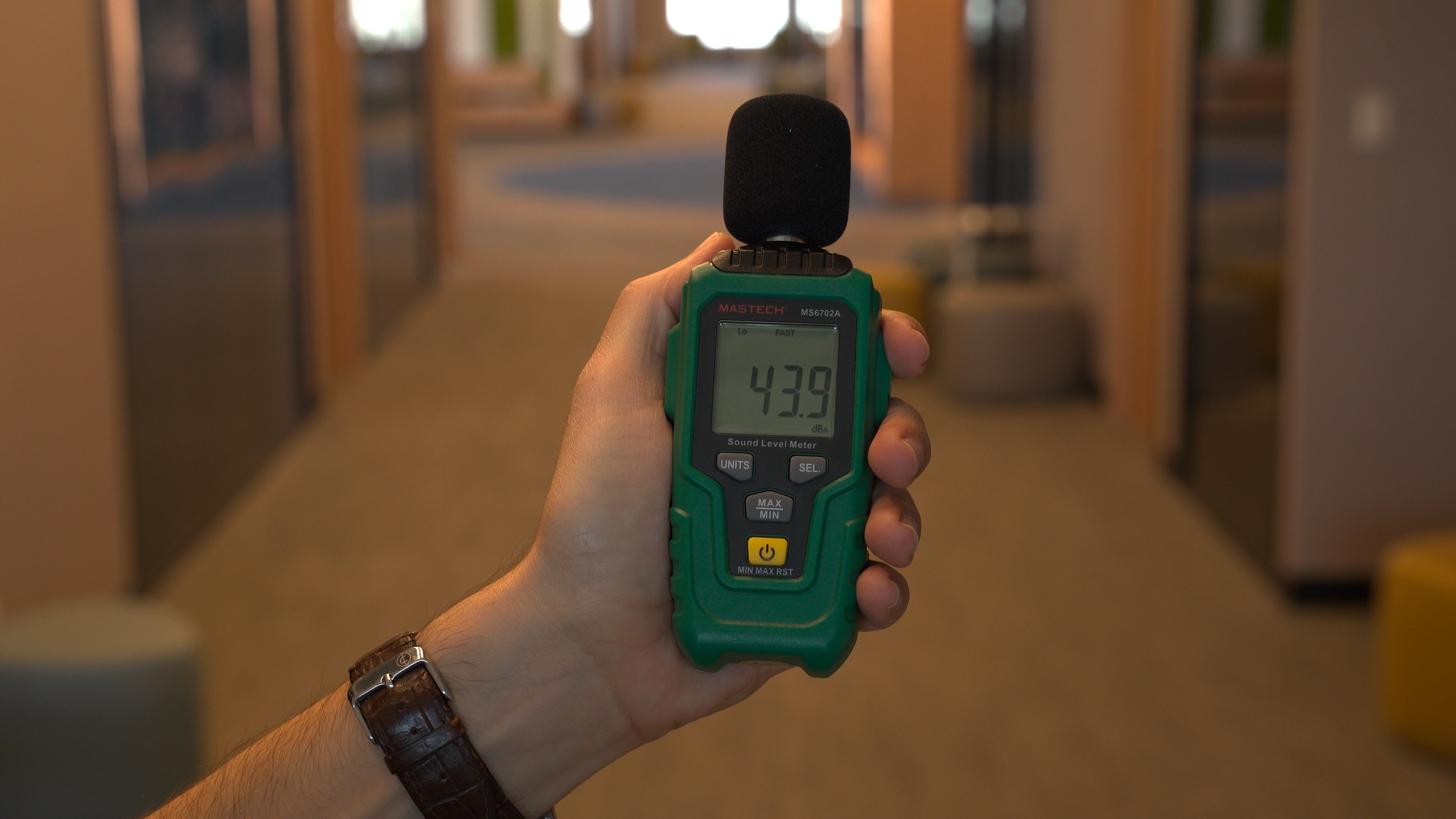What is Sound Level (dB) and How to Measure It | Sound Level Meter
What is Sound Level and How to Measure It?
Whether you're monitoring noise levels at work, testing a speaker system, or simply curious about how loud your environment is, understanding sound level is the first step. In this blog, we’ll break down what dB means, how sound level meters work, and how to do a proper sound measurement.
What is Sound Level?
Sound Level, measured in decibels (dB), indicates how loud a sound is. The decibel scale is logarithmic, meaning:
- Every 10 dB increase = roughly twice as loud to the human ear.
- For example:
- 30 dB = a quiet room
- 60 dB = normal conversation
- 90 dB = loud traffic
- 120 dB = a rock concert
This scale is important because even small changes in dB can mean significant increases in sound.


Why Measure Sound Levels?
There are many reasons to measure sound:
- Workplace safety – to comply with occupational noise regulations.
- Product testing – checking speaker or machinery noise levels.
- Environmental monitoring – keeping track of noise pollution.
- Everyday curiosity – understanding how loud your surroundings are.


How to Measure Sound Level?
You need a sound level meter, also called a decibel meter. These devices use a microphone to detect sound pressure and convert it into a dB reading. Many meters also include A/C weighting:
- A-weighting (dBA) mimics human hearing sensitivity (used for general noise levels).
- C-weighting (dBC) captures lower frequencies (used for machinery or bass-heavy sound).
To measure, simply set the meter into the desired weighting and place it directly in the area you want to check. The meter will show the sound reading.
Why Choose the Mastech MS6702A?
If you’re looking for a compact, easy-to-use, and affordable sound level meter, the MS6702A is a smart pick.
Key Features:
- Measuring range: 35 ~ 135 dB
- A & C weighting modes for different applications
- Fast/Slow response time for stable or dynamic sound readings
- Backlit LCD display – easy to read in any lighting
- Pocket-size design – ideal for fieldwork and everyday use
Whether you're checking how noisy your neighbor's party is or logging sound levels at a factory, the MS6702A delivers professional accuracy without complexity.
Practical Applications of the MS6702A:
- Classroom noise measurement
- Home theater calibration
- Machinery noise diagnostics
- Science projects
- Product quality testing


Final Thoughts
Measuring sound doesn't have to be complicated or expensive. With the Mastech MS6702A, you're equipped to monitor noise accurately, safely, and easily—no matter where you are.
Start measuring the world around you—one decibel at a time.
MS6702A: https://www.mastech-group.com/global/en/ms6702a.html
2025-07-13

 Mastech CN
Mastech CN Mastech TW
Mastech TW